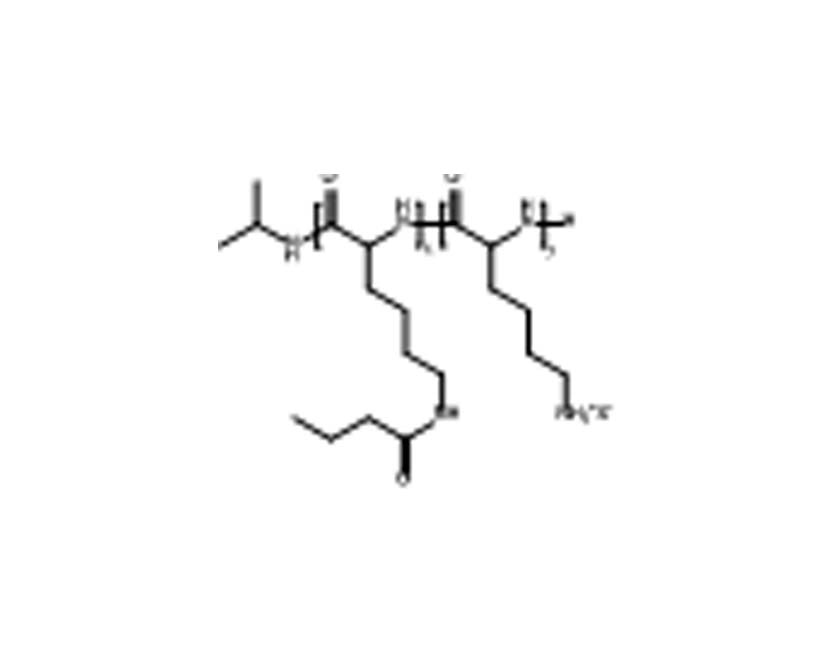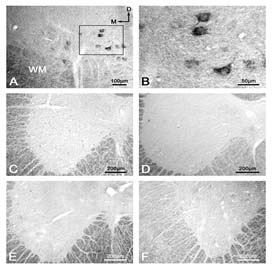14 Mai The role of intestinal permeability
Posted at 13:59h
in Pll Therapeutics
The way to transport our molecules is to use a dedicated GMP Grade Poly-L-Lysine (PLL) which :
- will increase the half-life of the active molecules of the composition in the body,
- will target the tissues or cells on which the composition molecules are active.
- will allow the active ingredients to pass the blood-brain barrier and to penetrate into the cells, in particular into the neurons and the motor neurons.
- will increase the stability and bioavailability of the active ingredient.
PLL-Butyric acid

PLL conjugates in motoneurons and demonstrated that PLL conjugates are internalized in a chronic Experimental animal model.
Anti-conjugated methionine in motoneurons of the spinal cord (A,B).
Immunoreactivity disappeared in antibody preabsorption (C), antibody elimination (D),
Immunoreactivity was absent in vehicle animals (E) and in animals(F).

The Drug product (DP) is divided in 2 DP :
- DP1 dedicated to restore the function of intestinal permeability with for example the regulation of the mucus membranes in particular thanks to PLL-Acetate, PLL-Butyrate…
- DP2 dedicated to be active in regulation of auto immune with PLL-retinoic for example and cell protector, in particular thanks of PLL-pantothenic acid and PLL-CoenzQ10 (protection at the level of mitochondrial chain)
RAT
In-vivo and ex-vivo permeability analysis in rats
After 3 days of DP1 on DSS ( Dextran Sulphate Sodium) 2% rats the gut permeability came back to normal (as on witness) and their behaviour became normal and the inflammation disappear.

MICE
On Going trial with SOD1 mice with our DP1+DP2
First results after 15 weeks on Rotarod


